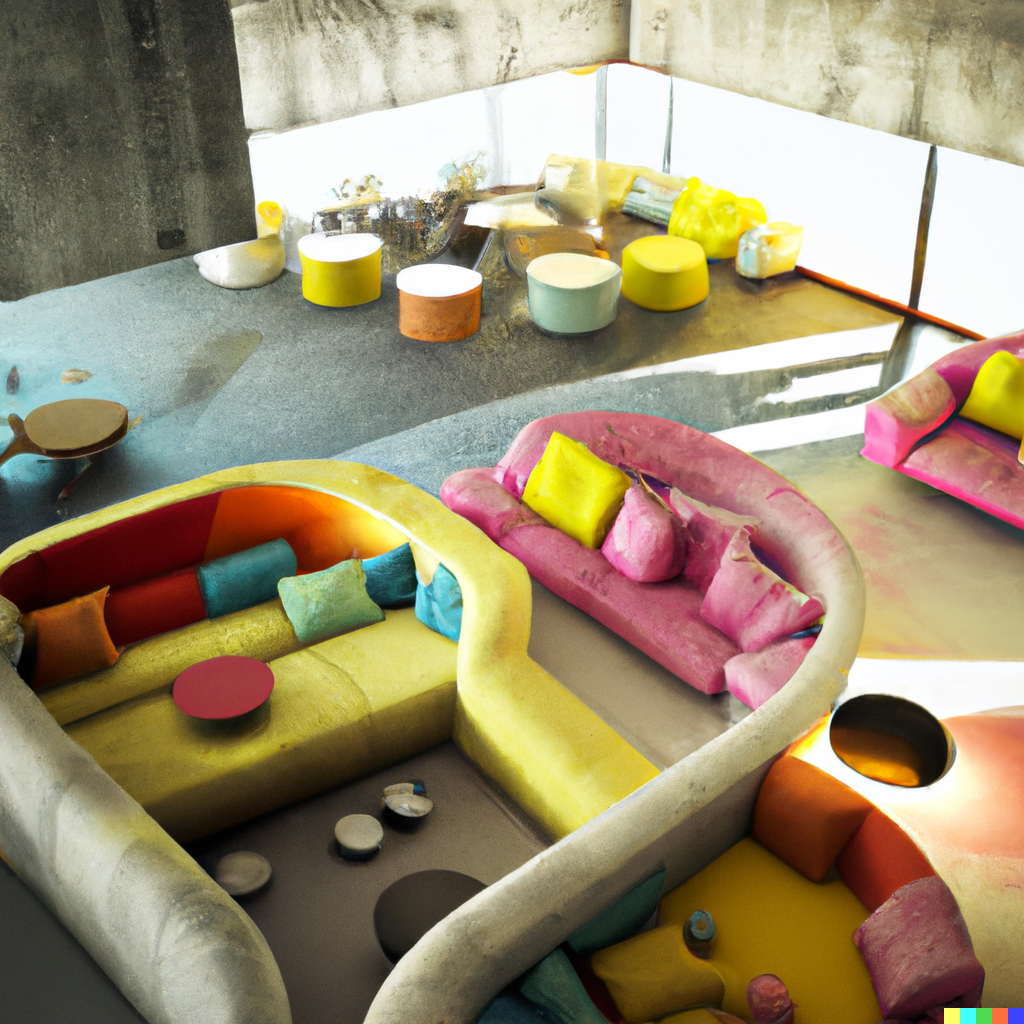Sensory Design Unveiled: Delving into the Role of Texture in Interior Spaces

The Power of Texture in Interior Design
As one navigates the realm of interior design, a vibrant tapestry of elements converges to create an immersive sensory experience. Among these, texture emerges as a powerful but often underappreciated tool. In this article, we unfold the magic of texture in sensory design and delve into its transformative impact on interior spaces.
The Cardinal Role of Texture in Shaping the Sensory Journey
Interior design isn’t solely about visual appeal. It’s an art form that intersects aesthetics with functionality, and more pertinently, the sensory experience it evokes. Texture, the tactile quality of surfaces, plays a cardinal role in shaping this sensory journey. An intricate tapestry, the grainy expanse of a wooden table, the plush comfort of a velvet armchair—each texture adds a unique dimension to the overall experience.
The Harmony of Contrasting Textures
Much like the virtuoso performance of a symphony, the textures in a room work in harmony, creating a rhythm that resonates with our senses. An interplay of contrasting textures can add depth and dynamism to a space. Imagine the earthy roughness of a stone wall juxtaposed against the softness of a cashmere throw; the contrast amplifies the sensory appeal of both elements.
The Emotional Language of Texture
Yet, texture also possesses the power to evoke emotions, often subconsciously. The cool smoothness of marble might impart a sense of luxury and sophistication, while the warm, familiar grain of wood could elicit feelings of comfort and homeliness. Therefore, understanding the emotional language of textures becomes integral to curating meaningful interior experiences.
Visual Perception and Texture
Even before touching, our eyes perceive texture. Visual texture creates an illusion of tactile experience, shaping our expectations of a space. High-gloss finishes often feel contemporary and sleek, while matte surfaces exude an understated elegance.
Visual Storytelling Through Texture
Take an antique oak table, for instance. Its time-worn grain, the patina of years, tells a visual story. It beckons the viewer to imagine its history, the hands it has served, thereby enriching the sensory narrative of the space.
Tactile Perception and Texture
The moment we touch a surface, our tactile perception comes into play. It’s a primal connection that transports us back to our earliest experiences of exploring the world through touch. A coarse, textured wall might evoke memories of a childhood home, while the plush carpet underfoot may bring a comforting sense of warmth and luxury.
The Tactile-Visual Interplay
Designers masterfully leverage this tactile-visual interplay to create emotionally resonant spaces. Consider a minimalist living room with polished concrete floors, sleek glass tables, and plush suede sofas. The visual smoothness of the glass and concrete contrasts with the tactile softness of the suede, creating a balanced, sensory-rich environment.
A Vital Tool for Engaging Interior Designs
As we examine the role of texture in sensory design, it becomes clear that this element is far from superficial. Rather, it’s a vital tool that can amplify the sensory appeal, evoke emotions, and impart personality to a space. Therefore, acknowledging and harnessing the power of texture can lead to more engaging, emotionally resonant interior designs that truly speak to the senses.





